Jul 18, 2025
Author:Sam Wonder
Picture a cat with soft paws gently padding across the floor, while a floppy-eared rabbit munches on grass nearby. It could look like the start of a heartwarming cartoon.
However, for animal lovers, the possibility of rabbits and cats co-coexistence is a fictional imagination in existence. Cats, being curious and sometimes carnivorous, may be an unlikely companion for timid and non-violent rabbits.
In this article, we’ll explore their instincts, how to safely introduce them and tips for peaceful cat and rabbit cohabitation. If you're curious about the possibility of this unique interspecies friendship, read on.
Before we can see, Can Cats and Rabbits Get Along, let's start with knowing who they are in their natural state is how one answers the question of whether cats and rabbits can coexist.
Their instincts are the keys to understanding how they would respond to each other, particularly in a shared environment.
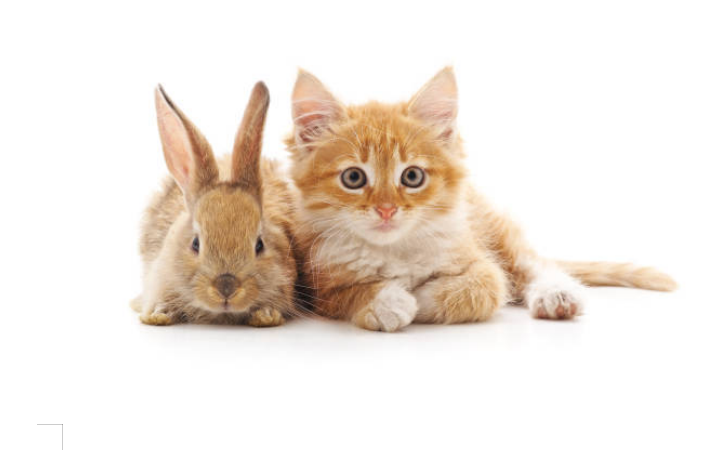
Cats are natural hunters. Even if they never leave home, their natures motivate them to stalk, chase, and bounce. Their independent and curious nature makes them excellent adventurers and terrifying roommates for more sensitive creatures like rabbits.
Rabbits are prey animals, which is why they are extremely sensitive to noise, rapid speed, and environmental changes. A quick blow of their tail or a rapid mew can put them in immediate terror mode.
When two such creatures inhabit the same space, their natures do not disappear. A rabbit may find a hopping cat a toy to be played with whereas a cat may find a rabbit's presence threatening.
Knowledge of this dynamic is the foundation for developing an environment in which cats and rabbits peacefully coexist becomes more than fantasy.
Here is a twist: not every cat is a hunter, and not every rabbit is scared. Some cats are calm and are not interested in spanking. Some rabbits are bossy, and not intimidated easily, it all comes down to their individual personality.
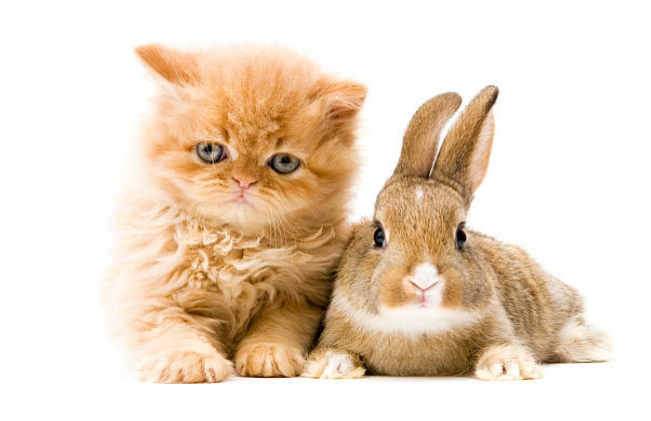
The truth is that it depends! Like people, every animal has its unique personality. Some are more prone to interaction and friendship than others. Let's have a look at the major factors that affect the cat and rabbit friendship:
Firstly, you need to understand the nature of your cat, is it calm and curious, or hyper and aggressive. A playful cat may try to interact with a rabbit with its claws, which can easily intimidate the bunny, even if the cat does not mean harm.
Domineering or territorial cats—particularly those with high hunting instincts—might be unsafe to leave near small animals. The calmer and more docile the cat, the higher the probability that cats and rabbits can coexist—and make that harmonious relationship a possibility.
While we are on the topic, you can check for health care and monitoring of eating habits for your cat.
Large personalities in rabbits are packed in delicate small bodies. A confident rabbit is more likely to stand on his ground, detect independently, and interact peacefully with a cat-like partner.
On the other hand, a bored or shy cat can be constantly in fear around another cat, no matter how soft natured it is. It is important to match the level of comfort of the rabbit.
Breed temperament plays a role—some cats are naturally calmer, making them better suited for living with rabbits. Some cat breeds, such as Ragdoll, Maine Coons, and British Shorthair, are naturally laid back and less reactive. These sweet kits are more likely to tolerate or even bond with a rabbit.
You've done your homework, and you're still wondering: can rabbits and cats get along? The answer has absolutely nothing to do with the animals themselves and everything to do with how you bring them together.
Hasting the process might result in fear, stress, or worse, but doing it slowly and on purpose might be the secret to a harmonious and perhaps even adorable friendship.
Let's go through the process of introducing a cat to a rabbit, step by step:
You need to have the stage prepared before they even see each other.
● Establish safe zones for the pets—individual spaces where they feel secure and relaxed.
● Pick a neutral place for the introduction—a location that neither pet has staked out as its own.
● Begin with scent exchange: rub a gentle cloth on your cat and put it near your rabbit's hutch (and vice versa).
● Allow them to smell and become accustomed to the other's scent, but not through contact.
This peaceful initial step can minimize fear and safely spark curiosity.
Once they are familiar with each other's fragrance, it is time for the eyeball-to-eyeball.
● Use obstacles like a baby gate, an exercise pen, or a strong carrier. In this way, they can see and smell each other without any risk of physical damage.
● Keep the sessions small - just a few minutes ago.
● Reward calm behavior with appreciation for the creation of positive associations.
Remember, the goal here is not immediate friendship - just instill curiosity.
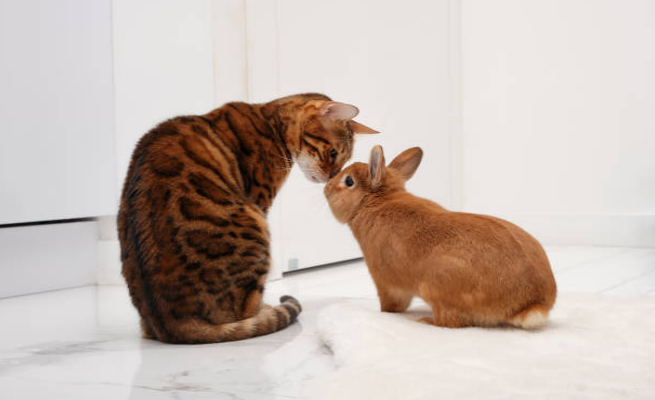
If visual acclimation is effective, you can start controlled encounters.
● Make the sessions short, quiet, and peaceful.
● Release the rabbit to free-range when the cat is relaxed, or vice versa.
● Constantly listen to reading their body cues.
Patience and consistency are your most effective tools. Over time, their tolerance may develop into trust, which is the basis of any friendship.
When you're in peacekeeper mode, watch for red flags:
● In cats: tail flicking, stalking, staring, sudden pounce
● In rabbits: thumping, freezing, hiding, excessive grooming (a sign of stress)
If either pet becomes too reactive or stressed, step back and provide them with space. Stepping back a few times now can avoid a full retreat later.
Read more on: Do Cats and Bunnies Get Along?
The time has come to take our next major step, which is cohabiting. Before you start shouting "Best Friends" and start grabbing for conflict, you need to think further to make a happy, stress-free house for your animals.
Your bunny requires a completely cat-proofed area—a safe corner or pen in which they can rest, eat, and sleep without worrying about cat intrusions.
The enclosure provides your rabbit with safety while also warning your cat that the rabbit exists as a separate living creature. Even though your cat is friendly, it will still show curiosity that could stress a rabbit, which needs time alone.
We’ve established that cats are curious—especially about food. Place their feeding dishes in automatic cat feeders with cameras or dog food dispensers to keep them separated, avoid conflict, and prevent one from entering the other’s space.
Rabbits require specific diets (like hay and greens), and cat food is forbidden to them. Similarly, a naughty rabbit shouldn't be snacking on kitty food—or spilling litter everywhere like it's play sand. Clean boundaries at meal times mean happy, healthy pets.
Even if your pets are very social, the initial drama needs to be monitored. A harmless game of chase can be worrisome if your cat becomes too nuisance or if your rabbit feels cornered.
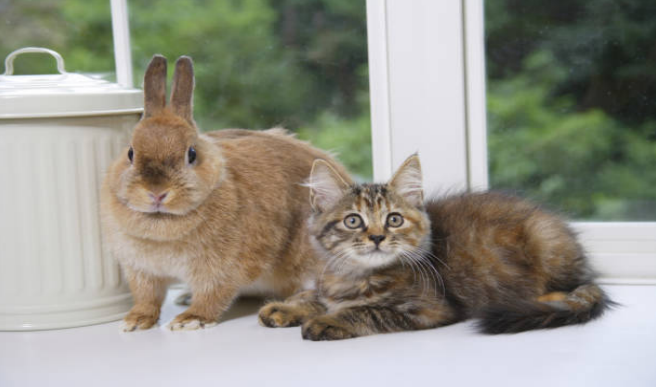
Buy some good-quality toys for your cat, such as WOpet scratching posts for cats, to help them enjoy playtime. Moreover, if your pet shows signs of stress, overstimulation, or excessive aggression, pay close attention to their body language and limit their playtime.
So much for rabbits and cats being friends? Patience is key. This incompatible pair is peacefully capable of co-existence with affection if introduced correctly.
Rabbits and cats are independent animals with distinct personalities and tastes, as humans are, and cats have also been observed to mimic humans.
If you are thinking of bringing different pets home, you must take a word of advice from a veterinarian or animal behaviorist. Actively monitor the activities and rabbit and cat behavior. Check out some tips to maintain a healthy and friendly environment for them.
However, if you have already done so, exchange your experiences—your experience may be just what that other pet owner needs to know.
Label:
Popular Post

What to Feed a Sick Dog With No Appetite? [2025 Guide]
May 16, 2023

Troubleshooting Common Issues with Automatic Pet Feeders: Tips & Tricks for Pet Owners
Oct 26, 2023
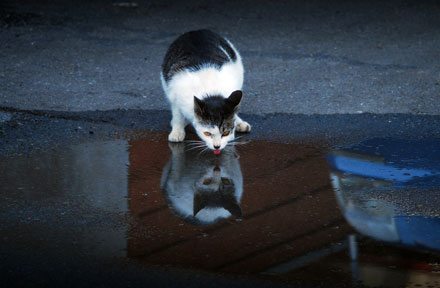
Why Does My Cat Cough After Drinking Water? 8 Potential Reasons
Mar 13, 2023
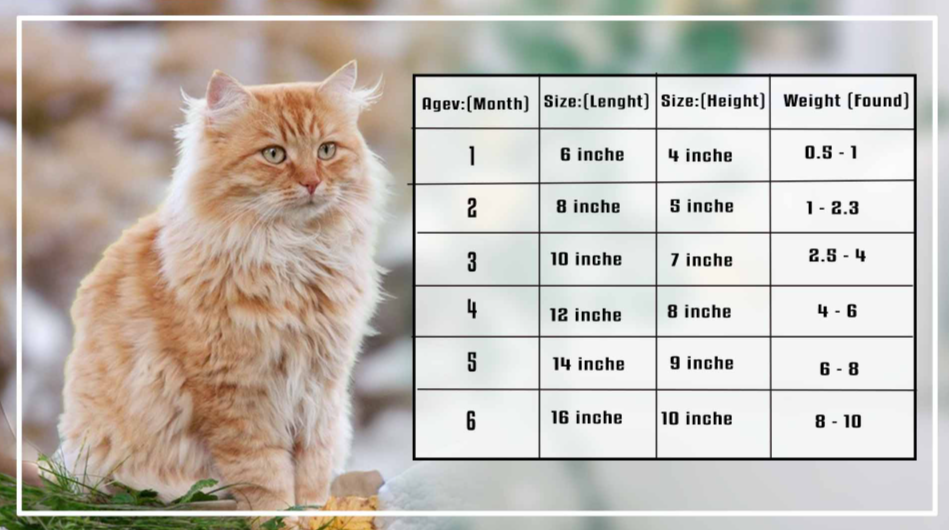
What is a standard Cat Weight chart by age Kg?
Mar 19, 2025
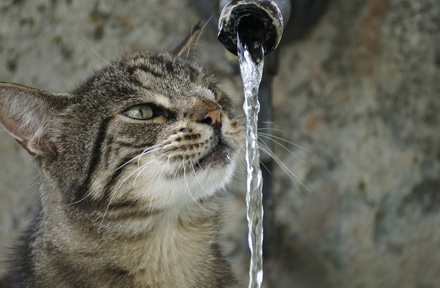
Why is My Cat Throwing up Water? Top 5 Causes Here
Feb 08, 2023
$99.99
$129.99
Copyright © 2025 WOPET. All Rights Reserved.